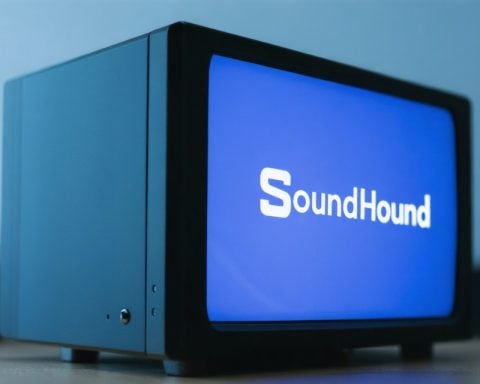In an intriguing twist in smartphone sales, market research by Counterpoint reveals that the iPhone 15 emerged as the world’s top-selling smartphone for the third quarter of this year. Following closely are the iPhone 15 Pro Max and the 15 Pro, demonstrating Apple’s stronghold in the mobile market.
The latest iPhones have captured 19% of total sales during this period, signaling a shift in consumer demand towards higher-quality devices. This trend is particularly notable in emerging markets where customers are seeking premium features.
The surge in sales for the iPhone 15 Pro and 15 Pro Max can be attributed to attractive trade-in deals and local financing programs, which have significantly fueled growth in these regions.
In parallel, Apple has solidified its leadership in the global tablet arena by launching two new iPad Pro models with state-of-the-art OLED displays and M4 chips. Additionally, this year saw the debut of two iPad Air models (2024) featuring the powerful M2 chip. For consumers keen on larger screens without the price tag of OLED technology, Apple introduced a new 13-inch iPad Air alongside an 11-inch variant, reminiscent of the iPad Pro offerings.
According to Phone Arena, Apple shipped an impressive 12.6 million iPads in the third quarter, ensuring the iPad remains at the forefront of the tablet market. The recent introduction of the iPad mini (A17 Pro) contributed to a slight annual increase in sales, especially during the back-to-school period.
Despite the successes, Apple experienced a decline in its market share, dropping from 37.7% to 31.7%, reflecting a changing competitive landscape.
Revolutionary Tech Updates: Beyond Apple’s Market Dominance
In a world increasingly enamored with high-end technology, the smartphone and tablet segment continues to be a battleground of innovation, preferences, and consumer demands. The race to lead is not just about being the best; it’s also about adapting to changes and understanding diverse global markets.
Emerging Market Dynamics
While Apple’s commendable success with the iPhone 15 series and new iPad models is making waves, it’s crucial to understand the broader implications for emerging markets turning to premium devices. This trend indicates a significant shift where consumers in these regions could previously prioritize affordability over premium features. Now, with attractive trade-in and financing options, more individuals are accessing high-quality tech. This shift could lead to improved digital literacy and connectivity in regions previously underserved by top-tier technology.
Innovative Market Moves
Interestingly, companies like Samsung and Xiaomi are not standing idly by as Apple captures market share. These players are focusing on innovation and affordability by introducing competitive mid-range devices with flagship-like features. Samsung recently launched a series of Galaxy A models equipped with robust features tailored for budget-conscious customers, while Xiaomi continues expanding its popular Redmi series.
Advantages and Disadvantages: More Than Meets the Eye
The surge in high-end device purchases has undeniable advantages: access to higher-quality hardware and software, enabling better user experiences. Enhanced connectivity and capabilities in regions using such devices contribute towards a more interconnected global community facilitating education, business, and social interaction.
However, this trend also has downsides. Increased electronic waste becomes a pressing issue as consumers upgrade more frequently. Socioeconomic disparities might be exacerbated if only certain demographic segments afford these devices, leaving behind others in the digital divide.
Exploring Alternatives
What are the alternatives for consumers not keen on purchasing high-priced devices? Brands such as Samsung and Xiaomi offer mid-range gadgets that bridge the gap between affordability and advanced functionality. These alternative options allow consumers to access the latest technology without incurring hefty costs.
How does increased competition benefit consumers? Heightened competition drives innovation, resulting in a wider variety of features and technological advancements for consumers to choose from, often at competitive prices.
The reality of modern technology markets is complex. Every new release, innovation, and market shift has a rippling impact connecting global communities through technology. As consumers, staying informed about these trends helps navigate an ever-evolving digital landscape to make better purchasing decisions.























